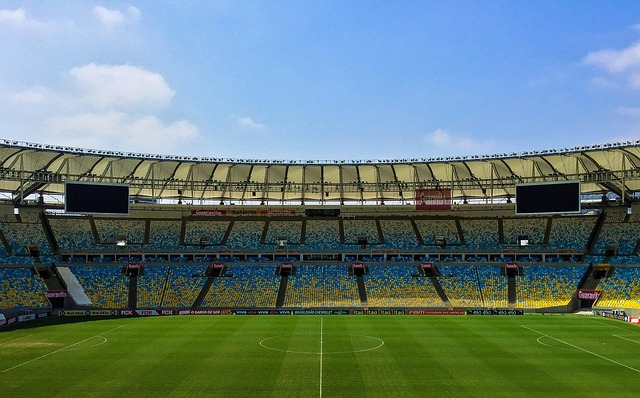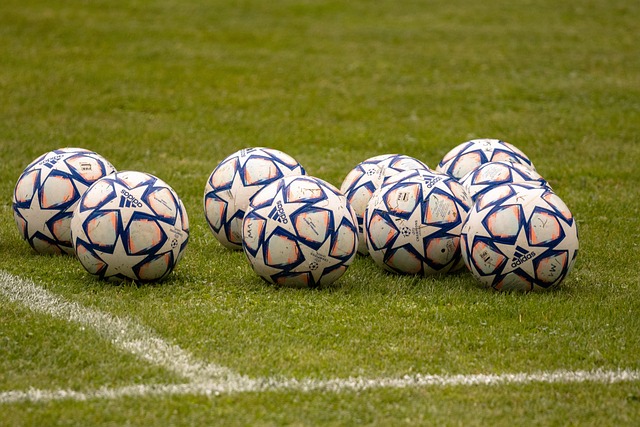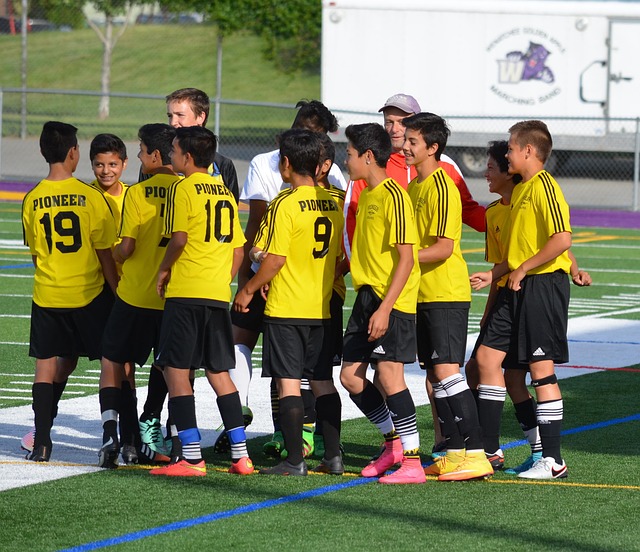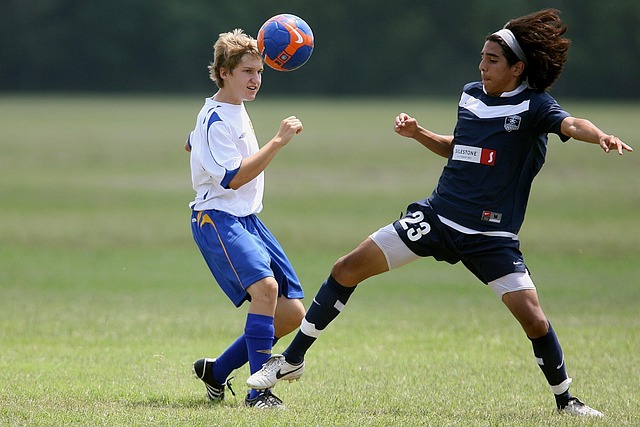Oregon soccer rivalries, including historic matchups against UCLA, Stanford, and Washington, significantly impact team rankings and national analysis, fostering pride and shaping season narratives. These intense competitions require meticulous tactical preparation by coaches who analyze data and gameplay to counter unique opponent strengths and weaknesses. Team chemistry is a predictive factor for performance, with strong dynamics enhancing unity and consistency under pressure. Oregon soccer's prominence on the national stage is reflected in top rankings, and future prospects are forecast using historical data, recent performances, and key metrics against rivals. Balancing past achievements with roster changes and coaching strategies will be crucial for maintaining or improving national rankings.
In the competitive world of college soccer, the University of Oregon’s Ducks strive for excellence, with their rankings often a testament to their success. This article delves into the multifaceted dynamics shaping the Ducks’ performance, focusing on Oregon soccer rivalries as a key historical driver of their standing. We analyze the impact of strong opponents and team chemistry on their rankings, while also predicting future trends based on recent seasons. Understanding these elements offers valuable insights into the Ducks’ trajectory in the ever-evolving landscape of college sports.
- Oregon Soccer Rivalries: Historical Background and Impact on Rankings
- Analyzing the Strength of Opponents: A Key Factor in Duck Soccer Success
- Uncovering Team Dynamics: How Team Chemistry Affects Performance in the Rankings
- Future Prospects: Predicting Ranking Trends for Oregon Soccer Based on Recent Seasons
Oregon Soccer Rivalries: Historical Background and Impact on Rankings

Oregon soccer rivalries have shaped the competitive landscape of college soccer for decades, leaving an indelible mark on the sport’s rankings and analysis. Historical confrontations between Oregon and its arch-rivals, such as UCLA, Stanford, and Washington, have become legendary, fostering intense competition that transcends the field. These matchups often determine conference titles and NCAA Tournament berths, influencing national rankings with every whistle.
The impact of these rivalries extends beyond on-field performances. They create a sense of pride and identity for both teams’ fan bases, intensifying the passion and loyalty that drive the sport forward. The historical context of these battles provides a rich narrative arc, adding depth to each season’s rankings and analysis. Oregon soccer rivalries aren’t just games; they’re pivotal moments in the story of college soccer, resonating far beyond the final whistle.
Analyzing the Strength of Opponents: A Key Factor in Duck Soccer Success

Analyzing the strength of opponents is a critical component in determining the success of the Oregon Ducks soccer team. The intense Oregon soccer rivalries with schools like Oregon State and Washington highlight the importance of tactical preparation and understanding each team’s unique strengths and weaknesses. By meticulously studying their opponents, coaches can devise strategies to counter formidable defenses or exploit vulnerabilities in attacking schemes. This strategic analysis goes beyond simply looking at win-loss records; it involves delving into statistical data, reviewing gameplay footage, and identifying patterns that could provide a decisive edge on the field.
In the competitive Pacific-12 Conference, every game is a challenge, and Oregon’s success often hinges on their ability to adapt to various playing styles. Effective analysis of opponents allows the Ducks to prepare for different formations, adjust tactical approaches, and ensure they are well-equipped to face any challenge. This meticulous approach not only enhances team performance but also cultivates a culture of continuous learning and improvement within the program, solidifying Oregon’s reputation as a formidable force in college soccer.
Uncovering Team Dynamics: How Team Chemistry Affects Performance in the Rankings

In the competitive world of Oregon soccer, understanding team dynamics is key to predicting performance and rankings. One often overlooked yet powerful factor is team chemistry—the bond and cohesion among players that transcends individual skillsets. Strong team chemistry fosters a sense of unity, encourages effective communication on and off the field, and can significantly impact a team’s ability to perform consistently under pressure. In Oregon, where intense soccer rivalries exist, this dynamic becomes even more evident; teams with a tight-knit group of players often find themselves rising in rankings due to their collective spirit.
The impact of team chemistry is particularly noticeable during crucial matches against rival schools. Oregon’s rich soccer history includes memorable battles between longstanding rivals like Oregon State and University of Oregon, where the team that possessed superior camaraderie often emerged victorious. This phenomenon underscores how essential it is for coaches and players alike to prioritize building a cohesive unit; it’s not just about having star players but ensuring they work together seamlessly. By fostering strong relationships among teammates, Oregon soccer programs can unlock hidden potential and consistently challenge for top rankings in both regional and national competitions.
Future Prospects: Predicting Ranking Trends for Oregon Soccer Based on Recent Seasons

Oregon soccer has been making waves in recent seasons, with the Ducks consistently ranking among the nation’s top programs. To predict future prospects and ranking trends, we look at historical data and recent performances. The team’s success or failure against formidable opponents, such as those in intense Oregon soccer rivalries, often sets the tone for their national standing.
By analyzing key metrics like win-loss records, goal differentials, and performance against top-ranked teams, analysts can make informed guesses about where the Ducks might place in upcoming seasons. Building on past achievements while accounting for potential roster changes and new coaching strategies will be crucial in gauging Oregon’s ability to maintain or improve its rankings.






